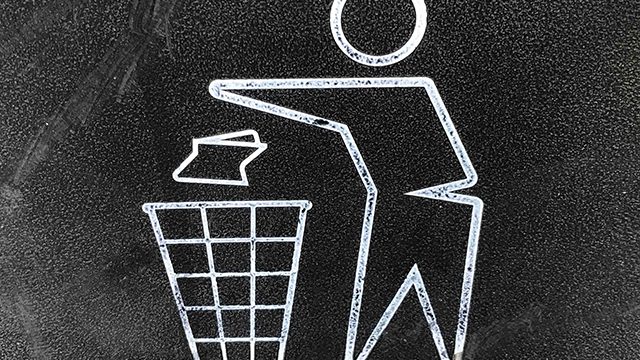An economist would say that if you’re not ready to throw out your trash, then you’re wasting a perfectly good resource. Skip bins Christie’s Beach perfectly fix the clutter problems in our house after we cleaned up everything from the outside.
In the developed world, we use a lot of resources that aren’t needed for any real human purpose. One example is advertising: it makes us buy stuff we don’t need and want. Another example is packaging: it makes us buy stuff in more wasteful quantities. And another example is the new television set someone gave you even though your old one still worked fine.
It is possible to list the scarce resources in the world and then add up how much time, effort, and money we spend on things that use up these resources but don’t add anything — like when we cut down forests for useless junk like paper plates and plastic forks. It’s not even clear that they make us happy in the short term: lots of these products are so rarely used that they just sit there in closets or garages or landfills unused.
One interpretation is that we are crazy and stupid and lazy and wasteful. But another interpretation is that we feel pressured by all these ads and packaging and gifts to do things that aren’t really in our interests. We throw out our trash because we’ve been manipulated into doing so, not because we want to.
My wife and I recently moved. As we were cleaning out the old house, we were struck by how much stuff we’d accumulated. It was so much stuff that it surprised us. Where had it all come from?
We are not pack rats. We throw away a lot of stuff even when we aren’t moving. If anything, our problem is that when we get rid of something, we feel guilty for having thrown it away in the first place. So in an attempt to justify our wasteful ways, we have bought replacements for things that were perfectly good to begin with.
But that’s an entirely different problem, which I’m not addressing here. This essay is about how to throw out your trash when you are moving!
If you’re like most people, then most of your time is spent doing things that don’t matter. If you’re a typical American, you spend two hours a day watching television. If you’re a typical Internet user, you spend five hours a day on the Internet – and that’s without counting phone apps or video games.
You spend so much time on these things not because they’re so important but because other people are spending time on them. We all know how hard it is to resist the opinion of the majority.
But now I have a proposal for you: from now on, whenever someone gives you a piece of information, ask yourself, “Is this true?” Then ask whether it’s interesting and whether it’s relevant to your life and whether it’s worth thinking about and remembering. If it isn’t, throw it away. Pay attention to the people who make you think and the things they tell you; ignore the rest.
If we all did this – if we all threw out our trash – then we could create more for ourselves and each other. Find out the interesting way to easily get rid of your clutters.



